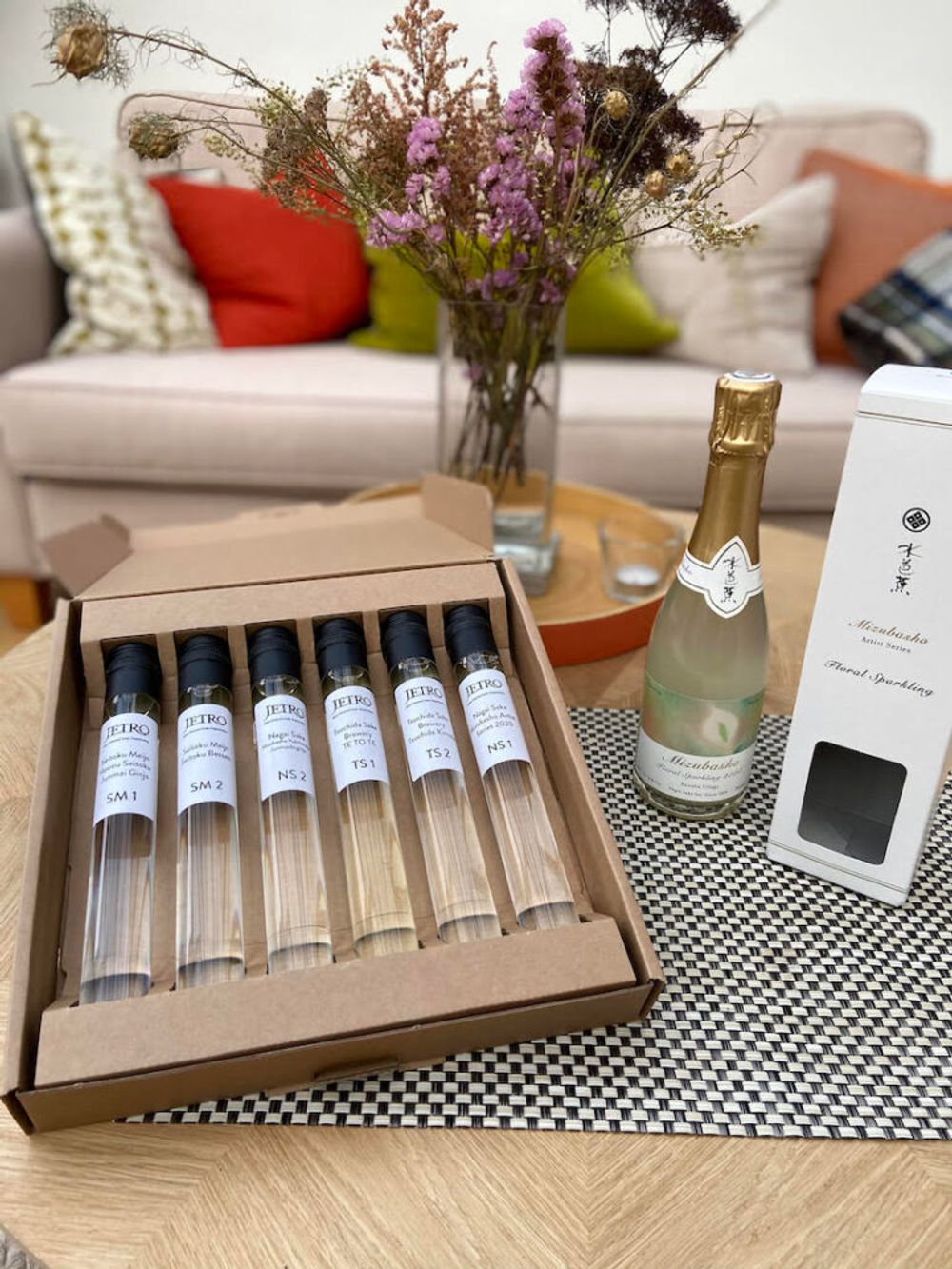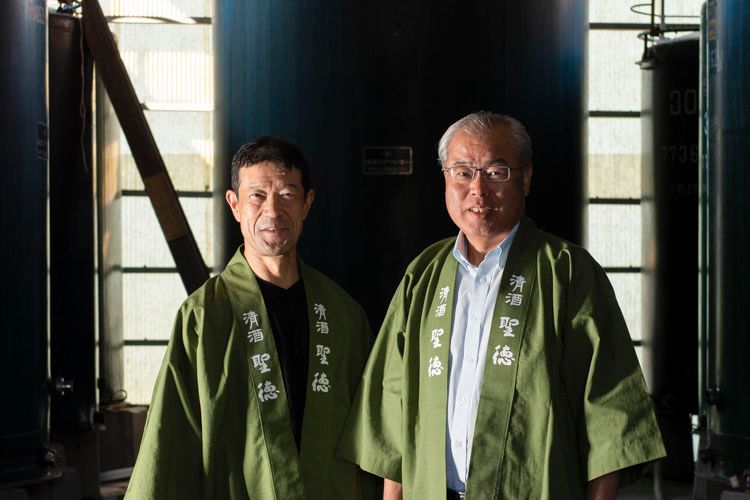Sarah Abbott MW understandably describes premium sake as a ‘sleeping giant’.
Are you a stranger to sake? So too was Sarah Abbott MW, who is now promoting ties with craft makers of the wine in the Japanese region of Gunma. As she cheerfully admits, sake’s reputation in the West is slightly daunting – a potent beverage rather than one displaying much finesse. Her task is to persuade us during our tasting that premium sakes will shatter all of those misconceptions.

Traditional preparation of the grains
Self-evidently, there’s a lot to learn about sake: the more the rice is polished during manufacture, the higher the perceived quality and so on. And there is whole new series of classifications and what might be called ‘rice varietals’ to learn. But the basic fact for a wine drinker is that sake requires a new idiom of tasting. The Japanese brew is far lower in acidity and there is much talk of umami flavours. That said, the fundamentals of taste and tasting are the same. And, as Abbott takes us through a clutch of different craft premium sakes, the remarkable thing is how quickly the palate reorientates. By the end of 90 minutes you convert to the new realm of tastes.

A regular sake lovers event is held in the Gunma province
Gunma is a mountainous prefecture about 100 miles from Tokyo and its craft sake makers are ‘a little below the radar’, explains Abbott. The first wine we try is Mizubasho Artist Series 2020 made by the small firm Nagai Sake. The pleasant surprise is that the AVB is just 15 per cent, far lower than I had imagined: none of the premium sakes we are tasting today are more than a per cent or two stronger than that. The Mizubasho is the perfect introduction for a wine drinker. The lack of acidity is odd, but there is a fine delicacy of flavour and this wine is as quaffable as any grape-base offering.
Nagai Sake’s second wine is its Mizubasho Yukihotaka Junmaidaiginjo. Just slightly stronger alcohol wise, this displays more savouriness – umami comes to the fore. It’s more typical of what I had been expecting.
A larger producer, Seitoku Meijo, proffers two wines, first the Junmai Gingo and then the Seitoku Bessen. Our host tells us that these pair especially delightfully with food.

Tsuchida strives to bring out the umami flavors of the rice using the traditional kimoto sake using ambient yeast and minimally polished rice grains.
Finally, from Tsuchida Sake we have TE TO TE (the firm has had a British designer design the appealing label) and Tsuchida Kimoto. The former has strongish umami notes, such as mushroom, while the latter is milder and softer with notes of banana and dried cranberry.
Indicative of the trade prices are Seitoku Junmai Ginjo 720ml £17.90 + VAT and Seitoku Bessen 720ml £13.75 + VAT. Note the non-standard sizes.

The tasting kit. Victor’s afternoon nap not pictured.
Surprisingly, there was even a premium sake sparkler. This is made expensively using the traditional method used in the Champagne region. I won’t get to try that until later.
Confusingly, the Japanese don’t refer to sake as ‘sake’, a term they use instead for all alcoholic wines. Even so, once the wine is being savoured in the mouth, the cultural differences are more apparent than real. It is surprisingly easy to slip into a different world of taste and, once your expectations have shifted, to revel in the delicacy of these painstakingly crafted beverages. Abbott understandably describes premium sake as a ‘sleeping giant’.
The sakes we have been drinking have come from the fridge. But sake can be drunk at room temperature, warm or even hot (which can open up the umami even more). No self-respecting Japanese restaurant is without a purpose-built sake warmer, apparently. A gadget that might make an ideal Christmas present for a curious wine drinker.
































